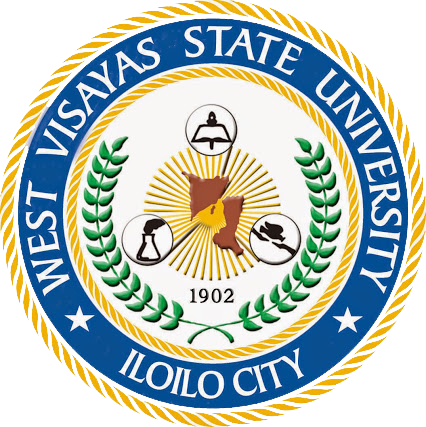Показать сокращенную информацию
Relocating local outliers produced by K-means and K-medoids using local outlier rectifier V. 2.0
| dc.contributor.author | Badiang, Rogelio O. | |
| dc.contributor.author | Gerardo, Bobby | |
| dc.contributor.author | Medina, Ruji | |
| dc.date.accessioned | 2024-08-19T06:12:19Z | |
| dc.date.available | 2024-08-19T06:12:19Z | |
| dc.date.issued | 2020-02-06 | |
| dc.identifier.citation | Badiang, R. O., Gerardo, B. D., & Medina, R. P. (2019, October). Relocating local outliers produced by K-means and K-medoids using local outlier rectifier V. 2.0. In 2019 International Conference on Advanced Computer Science and information Systems (ICACSIS) (pp. 89-94). Bali, Indonesia. IEEE. https://doi.org/ 10.1109/ICACSIS47736.2019.8979741 | en |
| dc.identifier.isbn | 978-1-7281-5292-9 | |
| dc.identifier.uri | https://hdl.handle.net/20.500.14353/610 | |
| dc.description.abstract | The extensive growth in the field of information and communication technology allows easy capture of massive amounts of valuable data in different areas. These data are used in various data mining techniques. However, in some cases, the presence of outliers in the dataset exists. One of the categories of an outlier is the local outlier. Local outliers are data points that deviate locally from the cluster center. They occur when the cluster center, known as centroid or medoid, cannot represent all the data members in the cluster. The unrepresented data are mistakenly classified to their closest clusters, making them local outliers. With this, the study aims to address the problem of local outliers produced by K-means and K-medoids. The Local Outlier Rectifier V.2.0 (LOR V.2.0) is a method used to relocate local outliers to their correct clusters. The simulations show that when LOR V.2.0 is partnered with K-means, it was able to relocate 35.37%, 34.78%, 25%, and 12.28% local outliers of Ionosphere, Breast Cancer Wisconsin, Iris, and Breast Cancer Coimbra datasets, respectively. On the contrary, when LOR V.2.0 is partnered with K-medoids, 29.67% of Breast Cancer Wisconsin, 29.11% of Ionosphere, 25.0% of Iris, and 10.34% of Breast Cancer Coimbra local outliers were transferred to their correct clusters. The result also indicates that the method works better when partnered with K-means. | en |
| dc.language.iso | en | en |
| dc.publisher | Institute of Electrical and Electronics Engineers Inc. | en |
| dc.subject | K-means | en |
| dc.subject | K-medoids | en |
| dc.subject | Local outlier | en |
| dc.subject | Mahalanobis distance | en |
| dc.subject | Median absolute deviation | en |
| dc.subject.lcsh | Data mining | en |
| dc.subject.lcsh | Information storage and retrieval systems | en |
| dc.subject.lcsh | Information services--User education | en |
| dc.subject.lcsh | Computer algorithms | en |
| dc.subject.lcsh | Ionosphere | en |
| dc.title | Relocating local outliers produced by K-means and K-medoids using local outlier rectifier V. 2.0 | en |
| dc.type | Conference paper | en |
| dcterms.accessRights | Limited public access | en |
| dc.citation.firstpage | 89 | en |
| dc.citation.lastpage | 94 | en |
| dc.identifier.doi | 10.1109/ICACSIS47736.2019.8979741 | |
| dc.citation.conferencetitle | 11th International Conference on Advanced Computer Science and Information Systems, ICACSIS 2019 | en |
| local.isIndexedBy | Scopus | en |
| local.subject.agrovoc | data mining | en |
| local.subject.agrovoc | algorithms | en |
| local.subject.agrovoc | information services | en |
| dc.subject.sdg | SDG 9 - Industry, innovation and infrastructure |
Файлы в этом документе
Данный элемент включен в следующие коллекции
-
Conference Papers [15]
Conference papers published externally, written by WVSU faculty members, staff, and students


